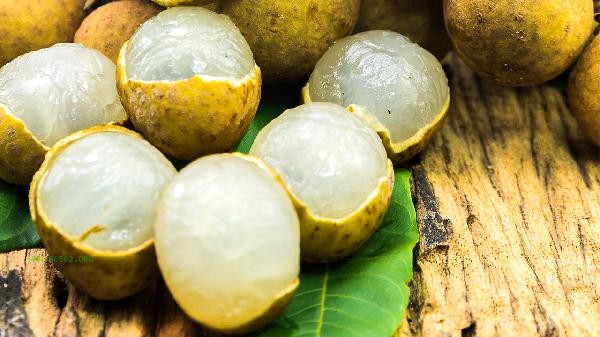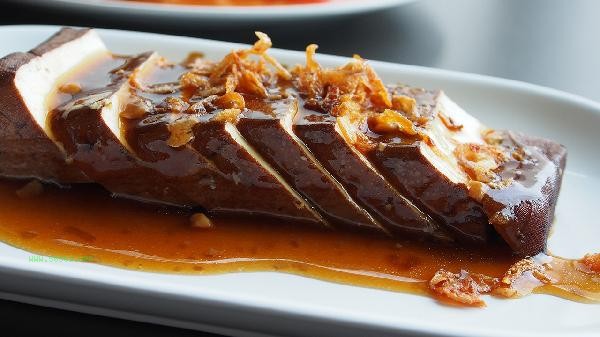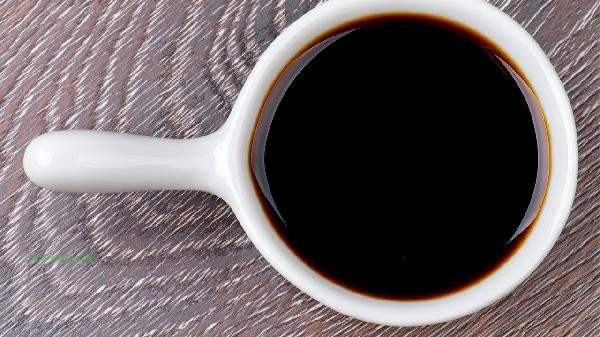Removing purines from food can be partially reduced by blanching, soaking, and selecting low purine ingredients, but cannot be completely eliminated. Purine is a naturally occurring substance in food, and its water solubility determines some removal methods.

1. Blanching
Animal organs, seafood and other high purine ingredients can dissolve some purines by boiling them in boiling water. Cut the ingredients into pieces and boil them in boiling water for 3-5 minutes. Pouring out the broth can reduce the purine content. This method has obvious effect on pig liver and sardine, but it will lose some water-soluble vitamins.
2. Long term soaking
Dry mushrooms, beans, and other ingredients should be soaked in clean water for more than 6 hours, and the water should be changed 2-3 times during this period. Purine will precipitate with water, especially effective for plant-based high purine foods such as dried fungus and soybeans. Be aware that soaking for too long may result in nutrient loss.
3. Choose alternative ingredients
Replace red meat with high-quality protein such as eggs and low-fat milk, and replace spinach and asparagus with low purine vegetables such as asparagus and cucumber. After removing the skin from poultry, the purine content is lower than when eating with the skin on. Choosing white meat fish is safer than shellfish.

4. Change the cooking method
Avoid boiling thick meat soup or hot pot for a long time, as purines are easily soluble in the soup. Using cooking methods such as steaming and grilling with less broth, blanch the meat first and then stir fry it quickly. Marinating with vinegar or lemon juice can promote partial purine breakdown.
5. Control consumption
Keep the daily intake of high purine foods within 100 grams and avoid consumption during the acute phase of gout. It can alkalize urine with a lot of vegetables. Cruciferous vegetables such as broccoli and cabbage help purine metabolism.

It should be noted that purine is an essential substance for cellular metabolism, and healthy individuals do not need to deliberately remove it. Gout or hyperuricemia patients should focus on controlling the intake of high purine foods such as internal organs and thick soup, and drink more than 2000 milliliters of water per day to promote excretion. Pre cooking treatment can reduce purine load, but dietary adjustments are more important than simply removing purines. It is recommended to maintain a balanced diet and regularly monitor blood uric acid levels.








Comments (0)
Leave a Comment
No comments yet
Be the first to share your thoughts!